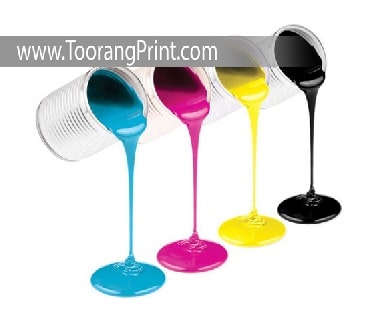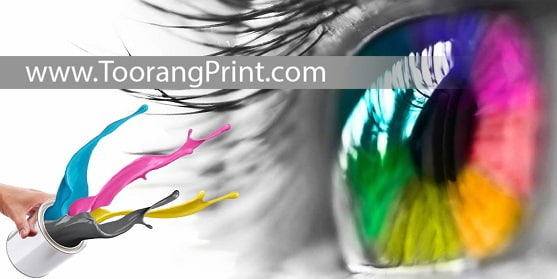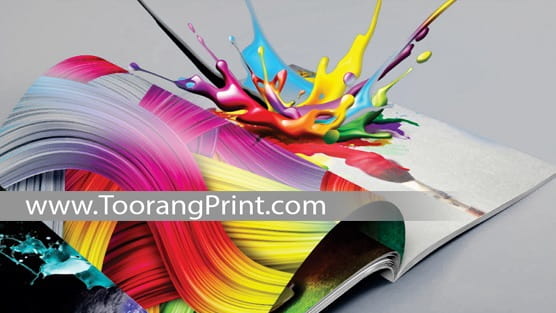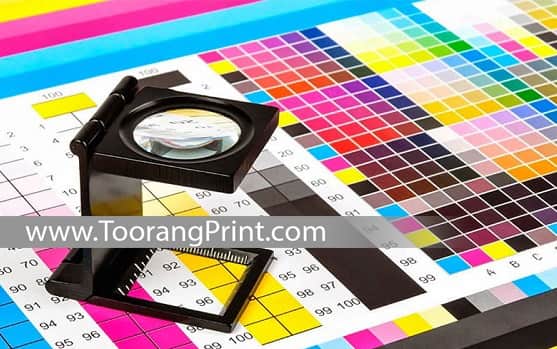As time goes by, along with the development of technology, societies, people and consumers become more aware of the various devices, techniques, and methods of production of goods importance, and unlike past, companies can no longer monopolize and keep privileged services and production machines away from the public consumption. In this matter, previous traditional and printing methods are also among the topics that can be discussed.
However, as innovative technologies and tools emerge as well as technology and society advance, the above cycle progress and will result in consumers finding themselves confronted with a mass of unbeknown knowledge about the device and the mechanism of production and Processing of various goods and surrounded by many gadgets, print machines and different types of systems or computers that make them sufficient enough for meeting their daily needs.

The print industry is another one that follows the same path. That is why today in every home, a digital printer, scanner, and other printing tools can be found. However, printing centers did not miss the boat and have always tried to utilize the latest tools and methods.
Based on what has been mentioned, the author intends to introduce and review new printing techniques and tools in this article, and the 3D and LED UV printing, are just two cases from the long list of new innovations and progressions in the printing industry that are discussed in this article.
3D Printing
3D printing is one of the new printing techniques that everyone has dreamed of for years, through these years anyone who has even a little part in the printing industry made great plans to make that happen.
3D printing has several advantages, some of them include:
1. Possibility of producing functional and operational parts
2. High strength and impact resistance of parts
3. High thermal and chemical stability
4. Biocompatibility and application in the production of surgical guides and models, prostheses and orthoses, and tissue engineering scaffolds
5. Ability to machine, polish, and paint
6. High speed of parts production in production circulation up to 500
7. Economical in producing higher circulation than other 3D printing methods

When did using 3D printers start?
You may be wondering where and how 3D printing was created. 3D printing was first started in the late 1980s and was considered to be used as an effective means of marketing and printing for large and complicated objects like constructions, buildings, complex sketches, and designs of objects that are more effective in 3D fashion. Just like other tools and means of design and printing, this one also was first employed and exploited by marketers and advertisers.
In 3D printing, it is mostly used on structures where the facade, landscape, and dimensions are important and are among the important elements of the product. Software such as CAD is also a useful tool for designing this type of printing.

LED UV printing (LED UV)
This type of printing, this one is another modern and novel type of printing that is most often used for printing newspapers, leaflets, posters, magazines, catalogs, brochures, flyers, and other similar media. Now let's see what features and advantages this printing method has.
LED printing is one of the methods that has flourished among different businesses due to its high efficiency, fast printing time, and good productivity. This printing method, due to the use of ultraviolet light, dries the ink on the material (paper) quickly and this prevents the ink from scattering.
Quick printing, high efficiency, and quality have made the LED techniques to be well-known among different types of businesses. Unlike most types of printing, this one totally prevents ink dissemination which ensures high-quality printing with no extra amount of ink on your papers or printing objects.

Besides the mentioned tips, LED UV is one of the printing methods is known as an environment-friendly technique that does it in an effective way and is in touch with all types and kinds of printing.
In the end, let's not forget that the forward trend of the printing industry continues and will continue. Despite the progress that has been made, there are still methods and methods that are only compatible with the material and of course the specific printing mechanism and purpose, and this in itself requires further attention and study in this regard.